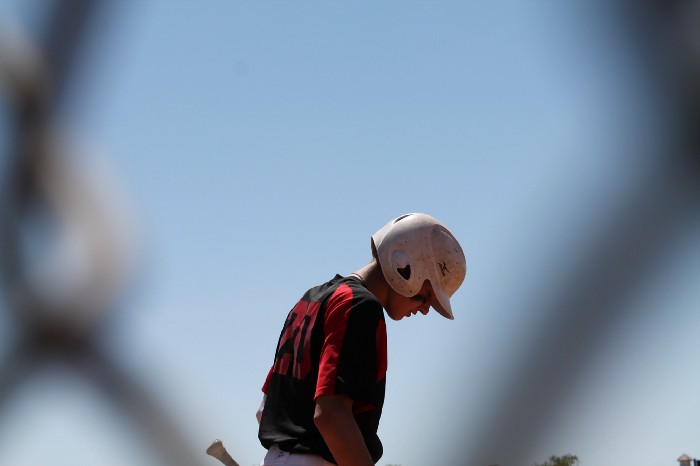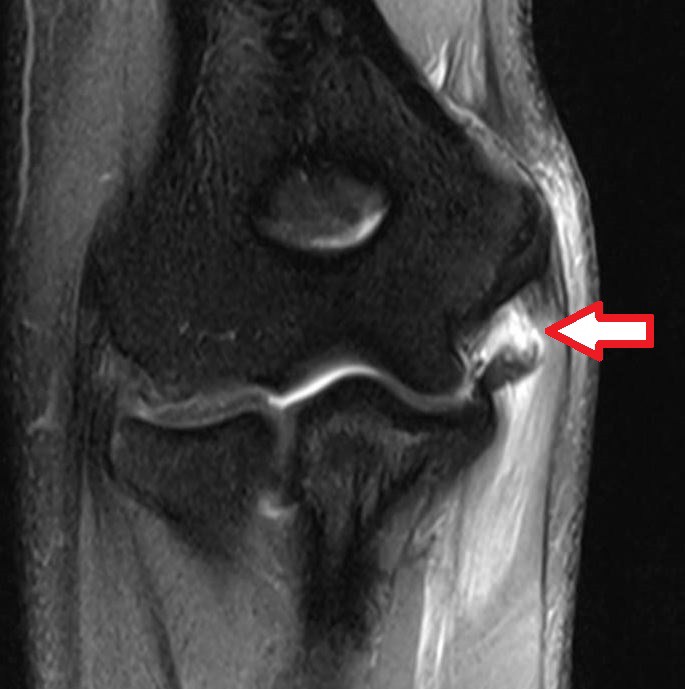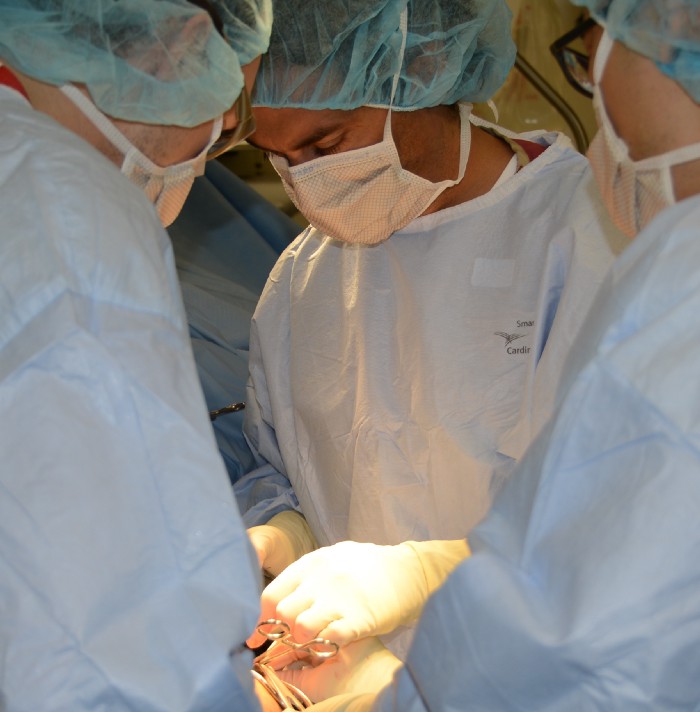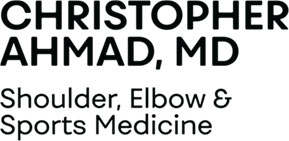Spring baseball is usually associated with an increase in UCL injuries and the need for Tommy John surgery. Year after year in the period from March through May, my office is filled with all kinds of competitive baseball players with medial elbow pain. Players include all ranks from middle school, high school, collegiate, and professional baseball. I typically obtain 10 to 20 elbow MRI scans each week during this time for athletes with suspected UCL injuries.
The coronavirus pandemic required a shutdown of almost all aspects of organized baseball playing, practice, and training. This is true for all competitive levels and for all regions across the country and the world. The abstinence of baseball has caused players to experience disappointment and a deep feeling of loss. Most affected are high school juniors, seniors, and graduating college seniors who have worked tremendously hard to prepare for a great & very important spring season. Many were grinding out their workouts and remained disciplined with their sleep and nutrition for the love of the game, as many were looking to get drafted or move on to the next level. One player told me this week, very frankly “Some colleges contacted me and were interested in seeing me pitch this spring. This was my year. Now the opportunity has disappeared.”

During the coronavirus pandemic, my office has been shut down. I still see patients using a telehealth platform which allows me to interact with patients using online real-time video technology. I am still able to order and review MRI scans with players during the pandemic also. My initial assumption was that during this time of social distancing and with no organized sports being played whatsoever, baseball players would not be getting injured. Shockingly, players during this time are still injuring their elbow UCLs. Which simply does not make sense, until the situation is examined further with a closer look…
The following reasons help explain why baseball players continue to experience UCL injuries during the coronavirus pandemic:
Reason 1 — Prior UCL injury
Many players have injured their UCL in the past. These players recovered from their UCL injury but their UCL never recovered to 100%. The UCL remained fragile and vulnerable to a second injury. That means the UCL can easily get reinjured and with less forceful throwing. Some players may not have experienced significant pain or symptoms from the initial injury. This is sometimes referred to as a silent UCL injury. It may have been a subtle soreness or stiffness that happened towards the end of last season, but after the off-season shutdown, the symptoms were gone.
Reason 2 — Maximum effort unsupervised throwing
Some players continue to throw during the coronavirus pandemic in an effort to improve effectiveness and readiness for when baseball resumes. Many players engineered creative throwing environments around their homes sometimes throwing hard against a wall or makeshift backstop. While these players are not throwing in competition, the hard-throwing effort in concert with an inadequate warm-up, suboptimal strength and conditioning, kinematic flaws, fatigue, and poor monitoring of the number of pitches/rest between throwing sessions can all increase stress on their UCL.
Reason 3 — Unsupervised velocity enhancement training
Some athletes are experimenting with velocity enhancement techniques such as weighted balls during the COVID pandemic. The immediate availability, ease of use, and motivation to enhance velocity has attracted many young players to experiment during the coronavirus lockdown. However, many of these players are not physically conditioned and lack adequate strength for a weighted ball program. Ideally, players who initiate a weighted ball program would have adequate strength, proper mechanics, and would phase-in weighted balls with coaching supervision.
Reason 4. Failure of non-operative treatment
Some athletes prior to the pandemic were in a phase of non-operative treatment for a UCL injury. Non-operative treatment consists of rest, often PRP injections, rehabilitation, and optimization of pitching mechanics. When ready, these athletes begin a progressive throwing program. The progressive throwing program adds incremental stress to their UCL. For those unfortunate athletes who have not had adequate UCL healing, they develop elbow pain and stiffness and inability to progress with their throwing. Essentially, their UCL’s are declaring themselves as failing non-operative treatment.
Reason 5. Change in baseball career plans
Baseball career aspirations and the amount of future playing greatly influence a player’s choice of treatment. As an example, a college senior who tears his UCL in spring but does not intend to play beyond college may elect non-op treatment acknowledging the high chance of treatment failure. The coronavirus impact on ending college baseball has for some injured players changed their plans and their opinion towards surgery. Some players now wish to engage in the surgical rehab process since they have discovered downtime they ordinarily would not have.

Diagnosing UCL injuries during coronavirus pandemic
Managing these athletes is challenging. Fortunately, during the coronavirus pandemic, I am able to evaluate athletes using virtual telemedicine. We are able to obtain histories and even perform modified physical exams on patients using an interactive computer, tablet, or smartphone device. I am able to easily review MRI scans and show UCL MRI injury features to patients by sharing my screen during the pandemic.


